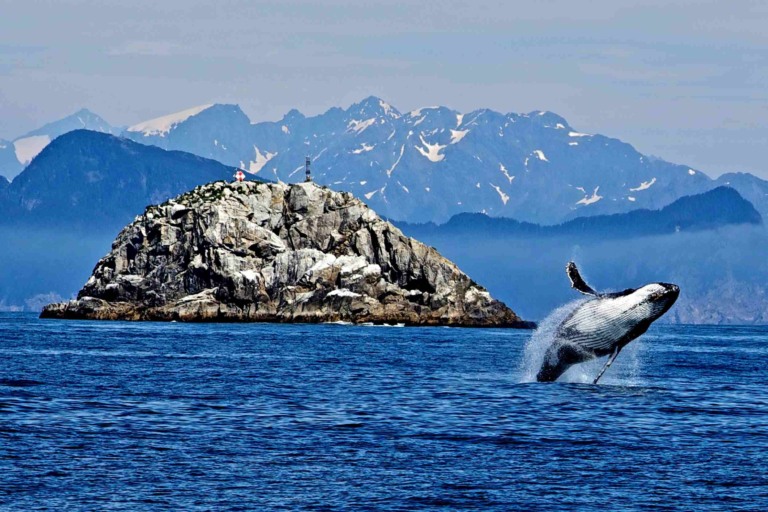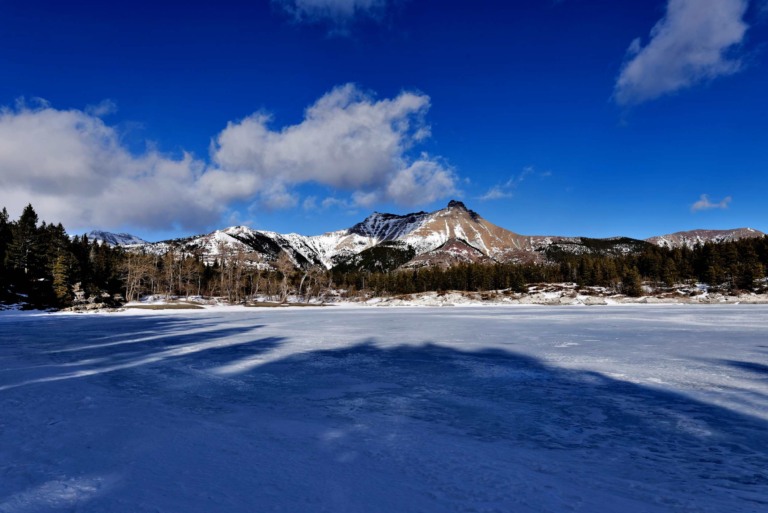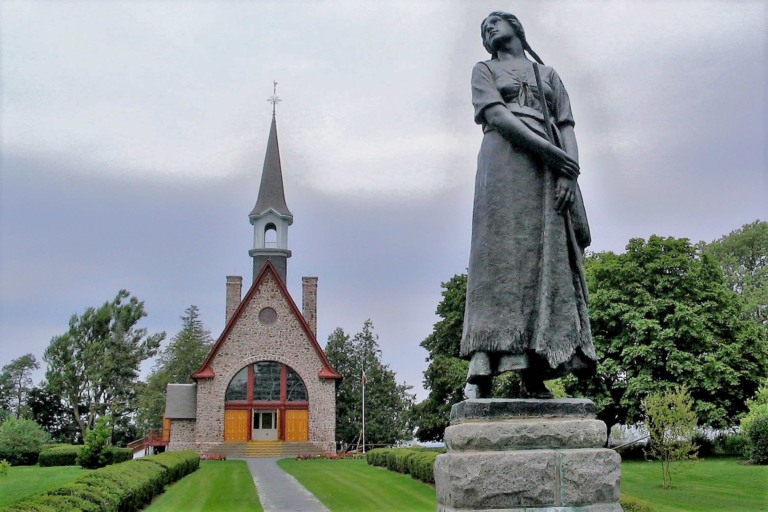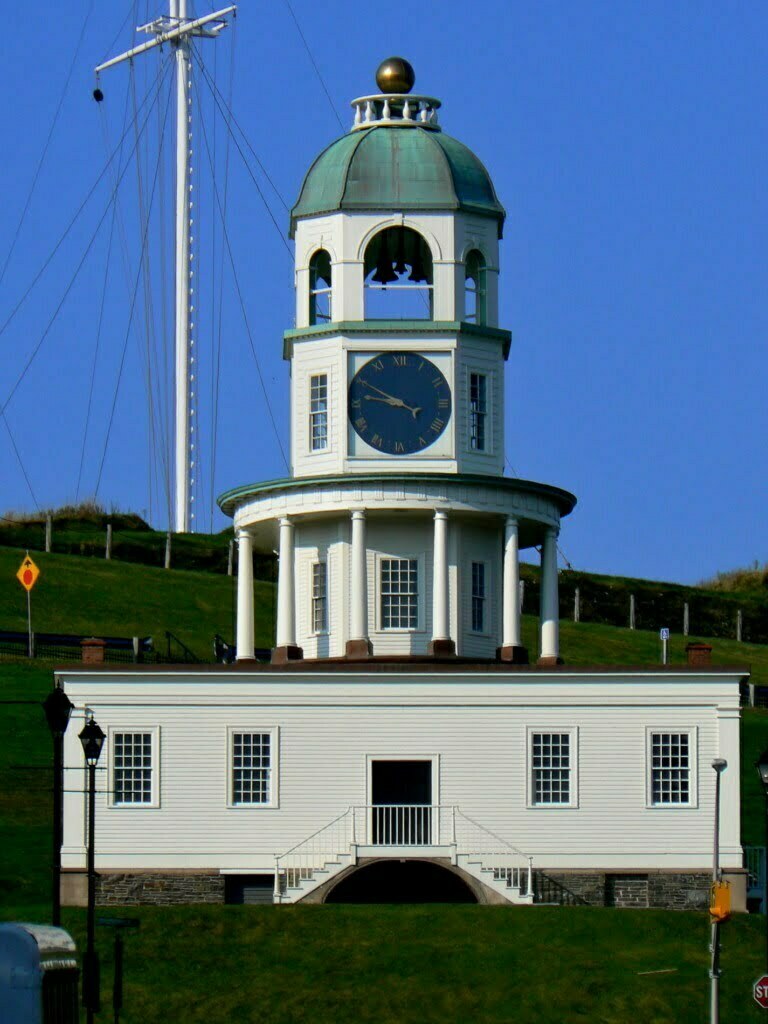Nova Scotia is a Canadian province on the eastern coast of North America. It was one of the four original provinces that made up the Dominion of Canada in 1867, along with New Brunswick, Ontario, and Quebec. The province is about 360 miles (580 km) long and never more than 80 miles (130 km) wide at any point.
Where is Nova Scotia located
It is made up of the Nova Scotia peninsula, Cape Breton Island (which is separated from the mainland to the southwest by the narrow Strait of Canso), and a number of small islands close by. The only land border of the province is with New Brunswick, which is to the west. It is the narrow Chignecto Isthmus, which seems to push the peninsula into the Atlantic Ocean.
The Northumberland and Cabot straits, which are both parts of the Gulf of St. Lawrence, separate Nova Scotia from Prince Edward Island to the north and the island of Newfoundland to the northeast. The Atlantic Ocean is to the east and south, and the Bay of Fundy is to the northwest.
Nova Scotia Capital
The capital is Halifax. Nova Scotia is one of Canada’s Maritime Provinces, along with New Brunswick and Prince Edward Island. Its history and present are closely tied to fishing, shipbuilding, and shipping across the Atlantic Ocean. In 1605, the French set up a fur trading post at Port Royal, which is near where Annapolis Royal is now. This was the first permanent European settlement north of Florida.
Nova Scotia Meaning
Early explorers gave the area the name Acadia (French: Acadie), which is probably a misspelling of the native Mi’kmaq word for the area. In Latin, the name of the province means “New Scotland.” It got this name because Scotland briefly claimed the area in the 1620s. The area is 21,345 square miles (55,284 square km). In 2021, there were 969,383 people.
Nova Scotia Facts
- Nova Scotia is one of Canada’s 10 provinces and 3 territories. It is on the East Coast, and the Atlantic Ocean surrounds almost all of it.
- Halifax is the capital of the province and is a major international seaport and transportation hub. It is also the economic and cultural center of the region.
- There is no place in Nova Scotia farther than 130 km from the sea.
- There are about 940,000 people living there, and English is the official language, but Acadian Nova Scotians speak French.
- The Mi’kmaq people were already living in Nova Scotia when the first European colonists arrived.
- In 1605, French colonists started the first permanent European settlement at Port Royal, which later became known as Acadia.
- The British came after the French and took control of the area from 1710 to 1758. In 1749, Halifax became the new capital.
- In 1867, Nova Scotia was one of the first four provinces to join Canada’s Confederation.
- Nova Scotia comes from the Latin word for “new Scotland.” In 1621, King James I of England named the area Nova Scotia and gave it to the Scottish colonist, Sir William Alexander.
What Time Zone is Nova Scotia
10. The province is in the Atlantic Standard Time Zone (AST), which is four hours behind Greenwich Mean Time (GMT) and one hour ahead of Eastern Standard Time (EST).
11. Nova Scotia has mild weather and four clear seasons: winter, spring, summer, and fall. A place that has a lot of history and culture.
Nova Scotia Travel
12. Nova Scotia has over 13,000 km of coastline, so you’re always close to the ocean. You can build sandcastles, fly kites, look for shells and sea glass, take a surf lesson, play in the waves, or just walk barefoot in the sand.
13. Halifax’s heart is a star, but you can feel its beat on sunny patios, busy streets, and a lively boardwalk. Halifax is the capital of Nova Scotia, and our waterfront is the most popular place to visit in the whole province. Find out what a “sociable” is and try a tasty donair, which is Halifax’s official snack.
14. The Cabot Trail is one of the most beautiful places to drive in the world, and there are 26 beautiful hiking trails along it. The Cabot Trail, a 298-kilometer road that goes through the Cape Breton Highlands National Park. This has been voted one of the most beautiful drives in the world because it has jaw-dropping views of the coast. But the stops along the way, like famous hiking trails, cute villages and towns, artisan shops, and more, are just as memorable.
15. The Bay of Fundy in Nova Scotia has the highest tides in the world. If you go when the tide is low, you can even eat on the ocean floor. Every day, twice a day, 160 billion tons of seawater flow in and out of the Bay of Fundy. This creates adventures that can’t be had anywhere else on earth!
16. We know that 12 kinds of whales swim in our water. Even they can’t get enough of our wonderful seafood. When a whale breaks the surface of the water, lunges out of the water, and comes back in with a loud smack and a plume of water, it will take your breath away.
Traveling in Nova Scotia
In Nova Scotia, the best times to see whales are in the summer and fall. During the summer, the Bay of Fundy is home to several types of whales, including the rare right whale. The waters around the Cabot Trail are full of different kinds of marine life, making it another great place to see marine life up close. On a charter or in a zodiac, you can get so close to whales, dolphins, and seals in the North Atlantic that it will blow your mind.
17. The sea shapes Nova Scotia’s wine country, and it is the only place on earth where Tidal Bay wines are made. Nova Scotia has a long and rich history of growing grapes for wine. It was one of the first places in North America to grow grapes, back in the 1600s.
Weather of Nova Scotia
Nova Scotia has a climate and soil that make it a good place to grow unique grape varieties. Some of these are L’Acadie Blanc, Seyval Blanc, Lucie Kuhlmann, New York Muscat, and Baco Noir. You can try wines like sparkling and icewine, rosés and reds, and of course, our signature appellation wine, Tidal Bay, which is a brilliant reflection of the terroir, coastal breezes, and cooler climate of its birthplace. (PS: Check out our Good Cheer Trail, which is Canada’s first trail of wineries, breweries, cideries, and distilleries!
18. A ceilidh is a party with dancing, singing, and telling stories. A kitchen party is just another Saturday night. Nova Scotia is made up of many different parts, and music is one of them. We have kitchen parties, ceilidhs, places with live music, and music festivals. Traditional fiddles and reels are part of our lively music scene, but we also have rock concerts, jazz, and even a symphony that serves beer and Beethoven.
Kejimkujik National Park
19. Kejimkujik is called the “land of the fairies” in Mi’kmaq stories. This National Park and National Historic Site is so magical because of this. If you ask a Nova Scotian about a place to get away from it all with lush forests, winding rivers, and lakes with islands in them, you’ll probably hear the name “Keji” a lot.
Kejimkujik National Park and National Historic Site is what they mean. It really is a place where you can get away from the busyness of the world and enjoy the beautiful nature of Nova Scotia. This is the only Parks Canada site that is both a National Park and a National Historic Site. It is a natural wonder and a beautiful place to visit.
20. Every year, 50,000 tons of lobster are taken out of the waters of Nova Scotia, and there are almost as many ways to eat it. If you haven’t eaten lobster in Nova Scotia, you haven’t really eaten lobster. Nova Scotia lobster is famous all over the world and can be found in many restaurants all over the province. It is taken straight from the sea all year long.
On the Lobster Trail, you can see over 40 restaurants in Nova Scotia that serve lobster in many different ways, such as lobster rolls, lobster poutine, and even lobster pizza. When you’re in Nova Scotia, make it your goal to try as many as you can.
21. One of the most photographed lighthouses in the world is in Peggy’s Cove. Did you know that over 150 more live in Nova Scotia? Nova Scotia’s lighthouses have been welcoming people to our shores and keeping those who make their living on the water safe for hundreds of years.
Today, there are still 150 lighthouses along the rough coasts of Nova Scotia. No lighthouse is as famous or as often photographed as the one in Peggy’s Cove, a lively fishing village. However, Nova Scotia has the most lighthouses of any province in Canada, which is not surprising given that we have the most coastline.








